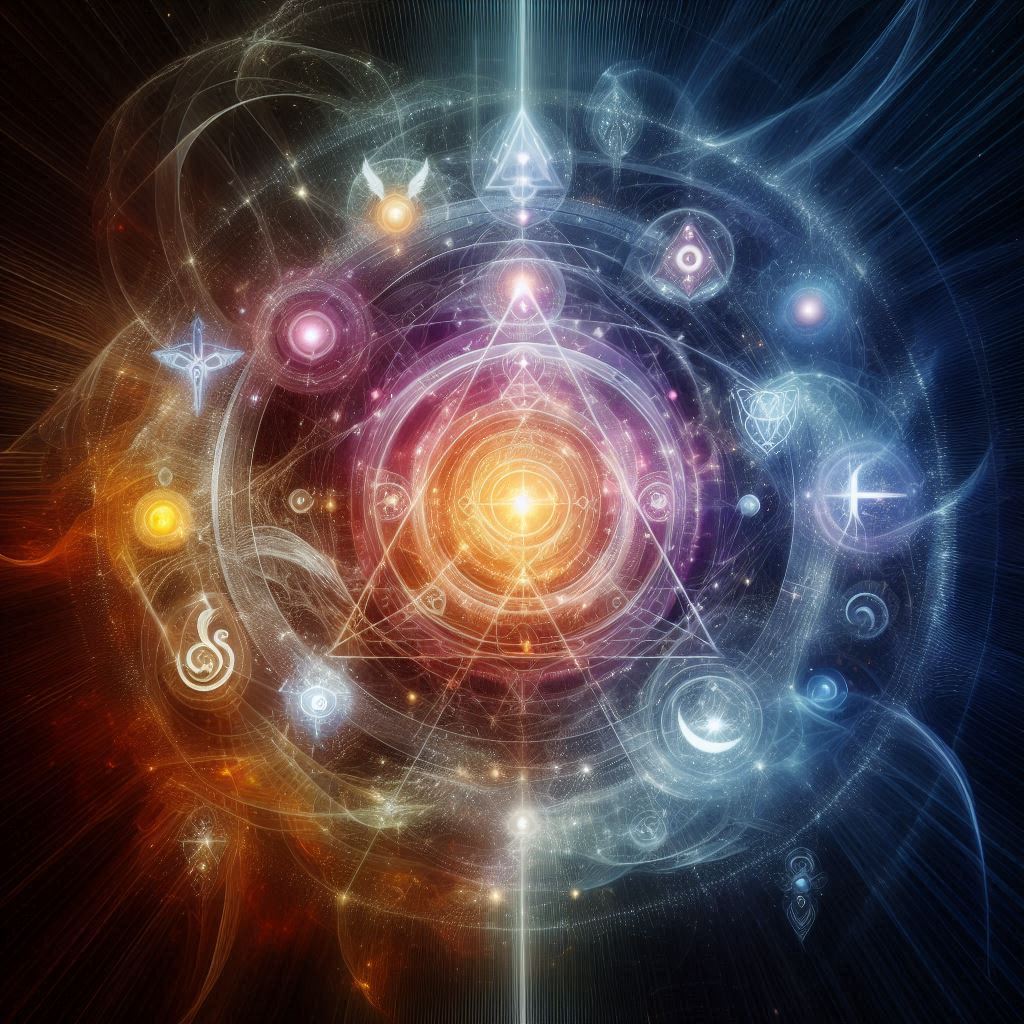
Vidhyarthi Pancha-Lakshanam – Part 2
A Student Perspective Kaak Cheshta “Kaak cheshta” is a Hindi phrase that literally translates to “crow’s effort”.” It is often…

A Student Perspective Kaak Cheshta “Kaak cheshta” is a Hindi phrase that literally translates to “crow’s effort”.” It is often…

The other day, a fellow spiritual colleague of mine, while working on my computer, left a file with the terms,…

Introduction Nijanand School is a unique and profound school of religious and philosophical thought that emerged in India during the…

Introduction In a world filled with diverse beliefs and spiritual paths, the Nijanand Philosophy offers a profound perspective that seeks…

Regarding Identity: Scriptural and Historical Perspectives Today, Nijanand School/Order is sometimes known as Shri Krishna Pranami Dharma. Here, one may…

‘Prem,’ ‘Ananya Prem,’ and ‘Ishak One can distinguish Prem, Ananya Prem, and Ishak based on the focus of the worship…

Principle Doctrines: As Explained to All Hindu Acharyas After this, all Acharyas and experts thought that Pran Nath Ji’s soul…

Prophesies: Retold Pran Nath Ji begins to introduce himself to all Hindu Acharyas: None of these Acharyas or saints of…

The Hindu Sanatan Dharma’s Four Sampradayas There are four religious orders (or Sampradayas) of the Hindu Sanatan Dharma: Ramanuja, Nimanuja,…

Stage Set for Theological Deliberation In 1678 C.E., preparations were underway for the Great Kumbh Mela Festival, the greatest riverside…

The Teachings of Holy Kuljam Swaroop The Holy Kuljam Swaroop teaches us to look beyond the differences in our appearances,…

Unveiling the One Beyond the Many: A Path Through the Divine Jungle In the vast expanse of minor gods and…

The Hierarchy of Divinity and the Pursuit of Liberation: A Clearer Look The conundrum of Many Gods Major revealed scriptures,…

Lord Prannath’s Path to Divine Truth: Beyond the Perishable and Imperishable Lord Prannath’s profound wisdom empowers seekers to discover the…

The Paradox of One God, Many Conflicts: A Holy Kuljam Swaroop Perspective. The Holy Kuljam Swaroop acknowledges that all scriptures speak of one Supreme Truth God. Yet, people …